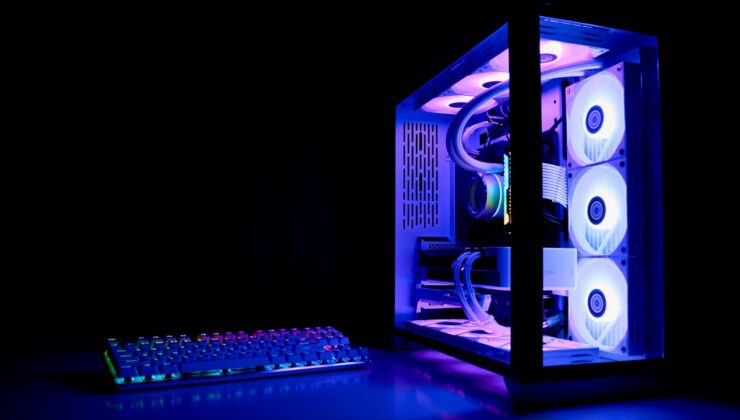Comprehensive Guide: How to Format Windows 7, 10, and 11 Effectively
Understanding the Importance of Formatting Your PC
If your computer is experiencing sluggish performance, frequent viruses, or persistent software glitches, formatting your hard drive can be an effective remedy. Properly formatting resets your system to a clean state, removes unnecessary files, and can resolve many issues. However, the process varies slightly depending on your Windows version, and understanding these differences is crucial for a smooth experience.
Pre-Formatting Preparations: Key Considerations
Before initiating any formatting process, it is essential to back up all important data such as personal photos, documents, and application files. Utilize external storage devices or cloud services to safeguard your data. If you are operating on Windows 7 or 10, ensure you have your product key readily available; while newer Windows 10 and 11 systems often recognize digital licenses automatically, having your key on hand can be beneficial. Additionally, prepare necessary drivers, especially for components like graphics cards and network adapters, in advance. Download the latest drivers from manufacturers’ websites and store them on an external drive to facilitate post-formatting setup.
How to Format Windows 7
For Windows 7, you’ll need installation media, which can be a DVD or a bootable USB drive. First, obtain the original Windows 7 ISO file from a trusted source and use tools like Rufus to create a bootable USB. To begin, insert the media into your computer, restart and access the BIOS or UEFI firmware settings, then set the boot order to prioritize the USB or DVD drive. Save the changes and restart the PC. When the Windows 7 setup screen appears, select your preferred language and keyboard layout. Choose the “Custom (advanced)” installation option to access disk management tools. From there, format the partition where Windows is installed, then proceed with the installation process. Follow on-screen instructions to complete the setup.
How to Format Windows 10
For Windows 10, Microsoft provides multiple options. You can create a bootable USB or DVD with the Media Creation Tool, which is available on Microsoft’s official website. Once prepared, insert the media, reboot your computer, and access BIOS/UEFI to change the boot priority to USB or DVD. When the Windows Setup screen appears, select your language, time, and keyboard preferences, then click “Install now.” If prompted, enter your product key or choose “I don’t have a product key” to activate later. During the advanced setup, select the partition containing your current Windows installation and choose to format it. Proceed with the installation, following the prompts to complete the process. Alternatively, Windows 10 offers a built-in reset feature: navigate to Settings > System > Recovery > Reset this PC, and select the option to remove everything for a clean reinstall, which simplifies the process without external media.
How to Format Windows 11
For Windows 11, the process is similar to Windows 10 but optimized for UEFI systems and newer hardware configurations. Use the Media Creation Tool to prepare a bootable USB drive or DVD. Ensure that features like Secure Boot and TPM 2.0 are enabled in your BIOS/UEFI settings, as these are prerequisites for Windows 11. Boot from the installation media, choose your language and preferences, and follow the prompts until you reach the disk partitioning stage. Here, select the current Windows partition, format it, and proceed with the installation. Additionally, Windows 11 offers an easy factory reset option: go to Settings > System > Recovery > Reset this PC, and choose to remove everything for a fresh start. This method is ideal for users who want a quick reset without external media.
Expert Tips for a Seamless Formatting Experience
- Always ensure you’re using genuine, up-to-date Windows installation files to prevent compatibility or activation issues.
- Keep your device drivers ready before formatting, especially for critical hardware components.
- Maintain your PC’s battery charge and connect it to a reliable power source during the entire process, especially on laptops.
- Post-format, install a reputable antivirus program to safeguard your system from threats.
- Consider creating a system image backup before formatting, providing an easy restore point if needed.
Final Thoughts
Formatting your Windows PC—whether it’s Windows 7, 10, or 11—can significantly improve system performance and resolve stubborn issues. By following the detailed steps outlined in this guide, you can perform a clean installation smoothly and effectively. Remember to back up your data, prepare necessary drivers, and follow best practices to ensure a successful and hassle-free formatting experience.
 02:00
02:00


